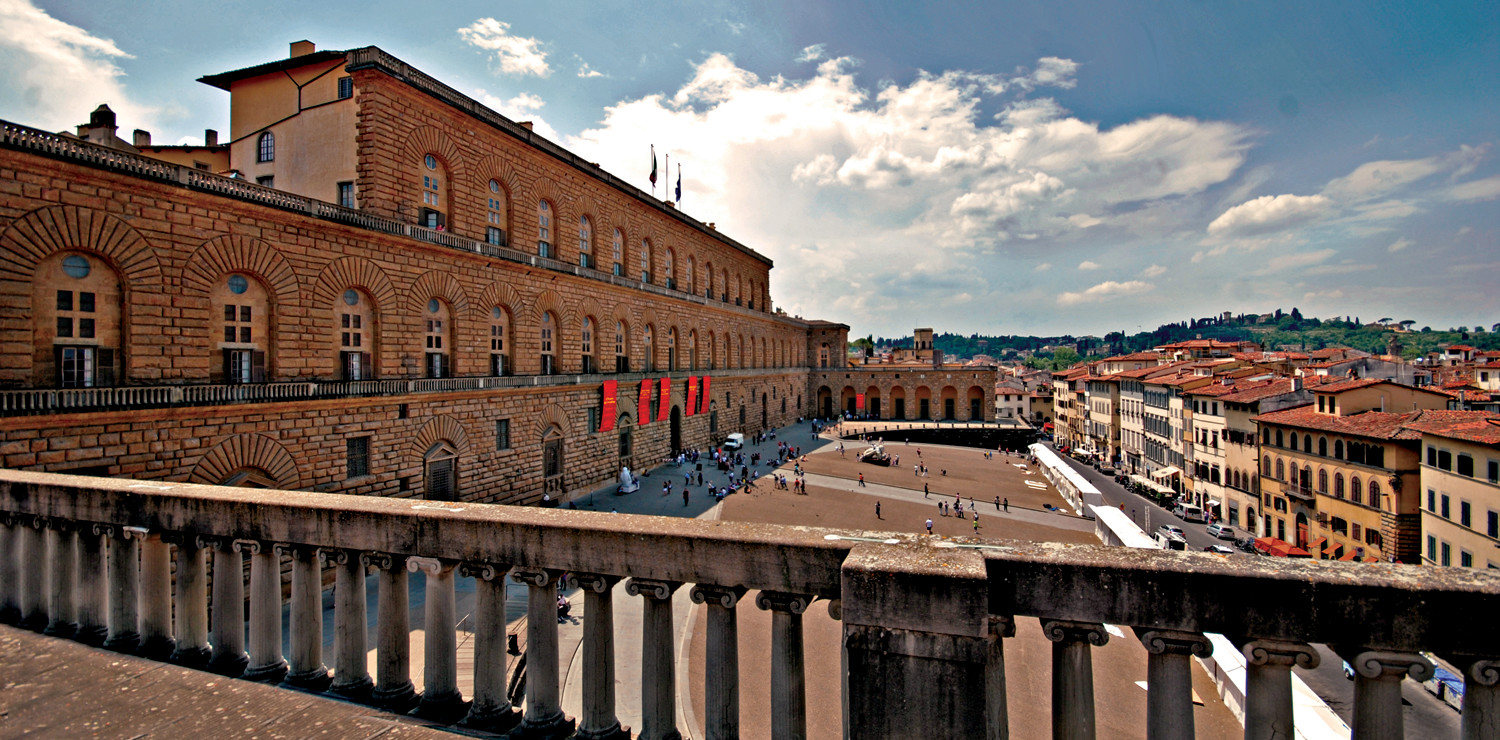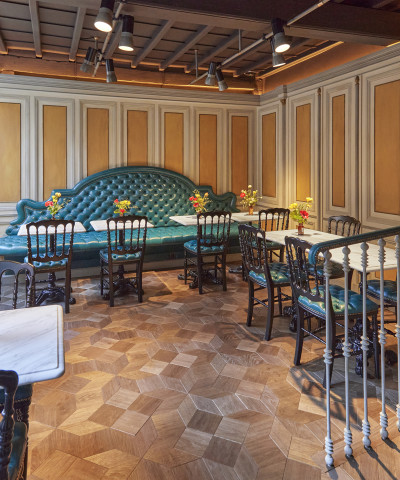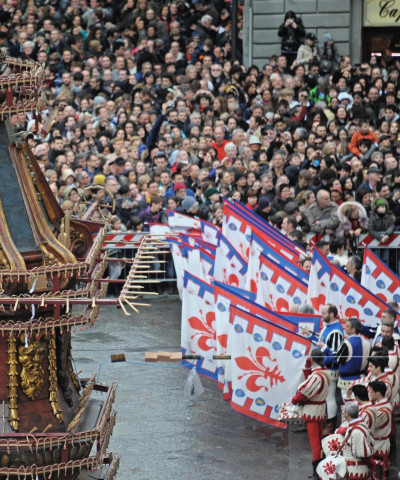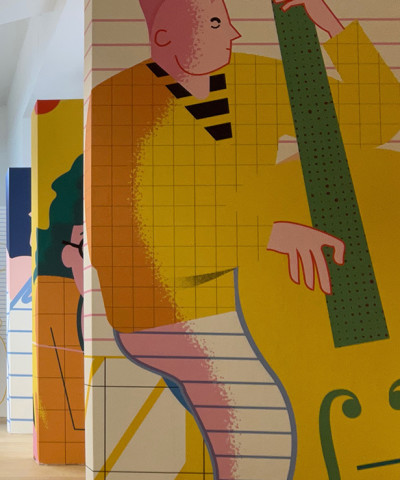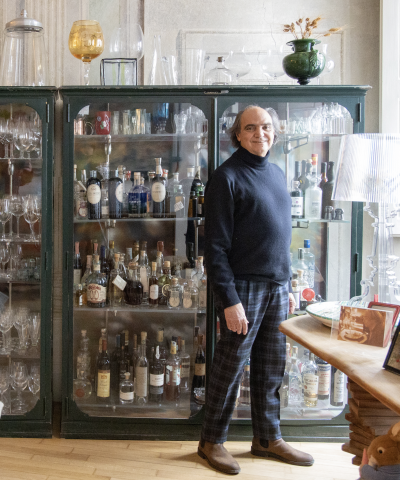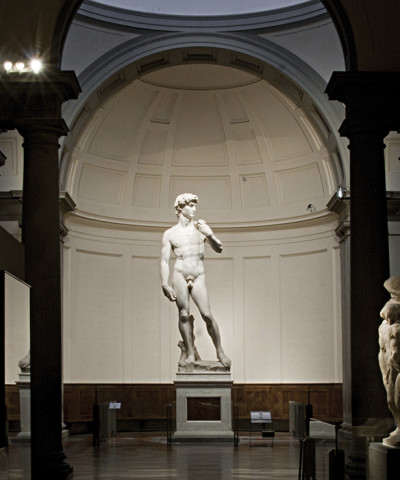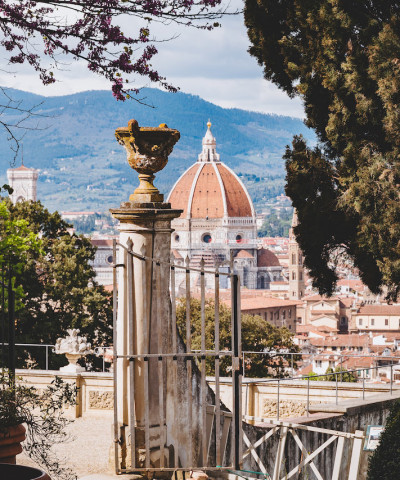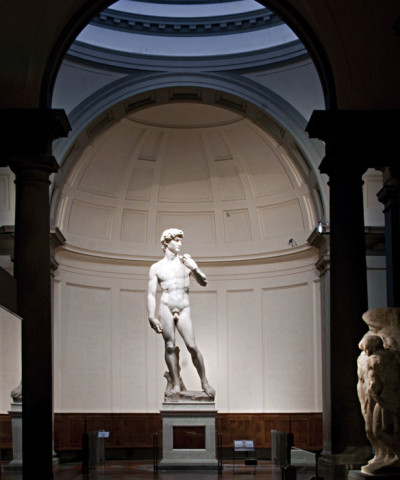The Palazzo Pitti Universe
More than a palace, it is a palace of wonder. Discover with us the masterpieces of this place attached to the Uffizi Galleries
Ore than a palazzo it has always been a royal palace. Built by Luca Fancelli to Filippo Brunelleschi’s design for the rich and ambitious banker, Luca Pitti, only part of the building was completed since Luca was reduced to poverty after staging a coup against Piero “the Gouty” de’ Medici. Completion would have to wait until around eighty years later, when Eleanor of Toledo decided to acquire the palazzo, more for the garden than anything else. In fact the first works were to improve the Boboli Gardens. In 1561, Niccolò Ammannati built the lateral internal wings and the courtyard, but Eleanor, who died the following year, never got to enjoy the water games that the ingenious Mannerist architect made possible by flooding the courtyard and creating a lake when needed. The most memorable was the naumachia, staged with real boats as part of the festivities to celebrate the marriage of Ferdinando I to Christine of Lorraine. It was under Cosimo I’s second son that the palazzo would become the permanent residence of the Grand Dukes, since until then it had been used more as a luxury hotel for illustrious guests The couple occupied the left side of the piano nobile, while the children, including Ferdinando’s brother’s daughter Maria, the future queen of France, lived on the second floor. It was under the reign of Cosimo II, who died at the age of 31, but not before having fathered eight children, that it became necessary to further enlarge the palazzo. Giulio, and later Alfonso Parigi widened the façade, taking the number of windows from 7 to 23, while the two wings extending around the square, and known as rondò were built by the Lorraines.
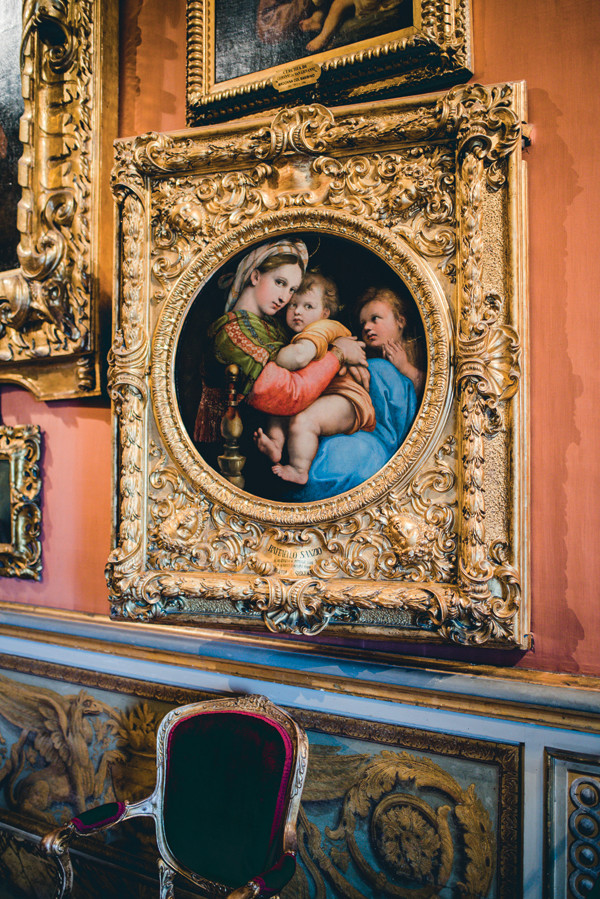 Madonna delle Seggiole, Raffaello
Madonna delle Seggiole, RaffaelloPalazzo Pitti houses no less than six museums containing collections of late-Renaissance and modern art, silver, ivory, jewellery, porcelain and the most extensive costume gallery in Italy. The Museum of Carriages – currently under renovation – will open in about a year, dedicated to the carriages belonging to the Houses of Lorraine and Savoy. All of this in a setting which merits a visit even just for its frescoed walls by artists such as Pietro da Cortona, or Giovanni da San Giovanni and the quadraturisti from Emilia Romagna.
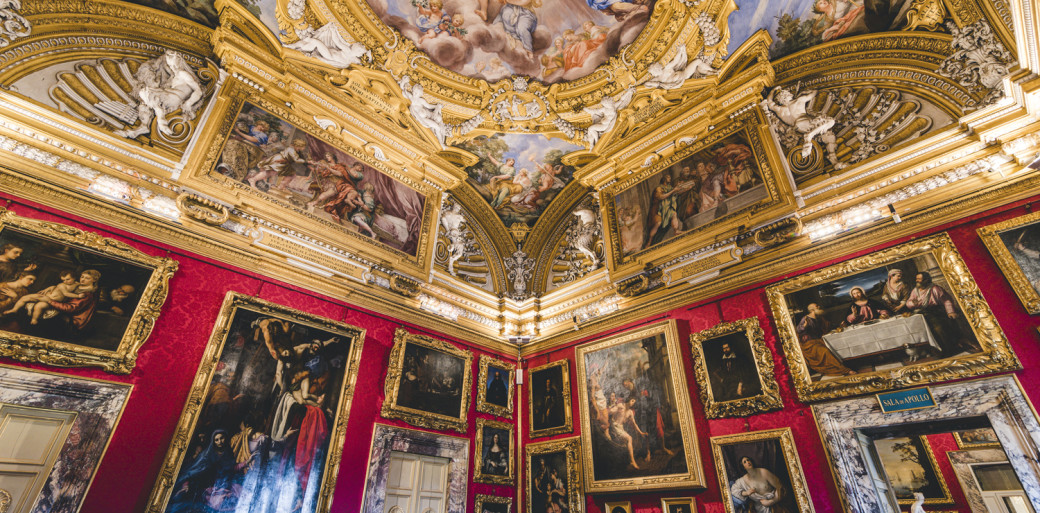 Galleria Palatina, Florence
Galleria Palatina, FlorencePALATINE GALLERY
The most extensive collection of late Renaissance and Baroque art after the Uffizi, displayed in twenty-eight lavishly decorated rooms on the first floor, including the Sala della Stufa, frescoed by Pietro da Cortona, who introduced Baroque to Florence right here.
Arranged according to the personal taste of Grand Prince Ferdinando dei Medici in the 18th century.
The gallery also contains one of the most significant collections of works by Raphael, Andrea del Sarto, Pontormo, Rosso, Rubens, Tintoretto and Reni.
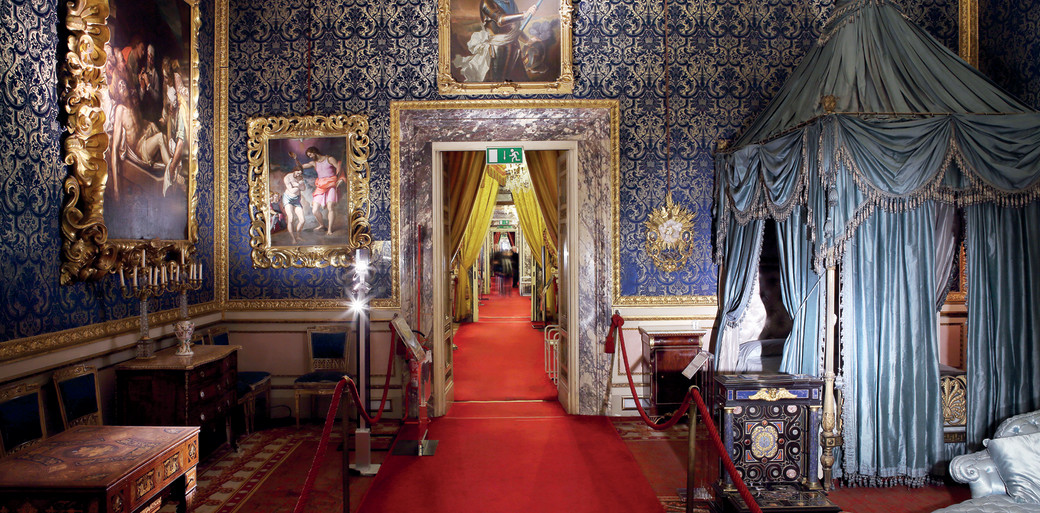 Appartamenti Reali, Florence
Appartamenti Reali, FlorenceROYAL APARTMENTS
Also on the palazzo’s piano nobile, the Royal Apartments occupy the fourteen reception rooms, which in the early 1700s held the private apartments of Grand Duke Ferdinando de’ Medici and were later renovated and converted by the Lorraine Grand Dukes.
Home to the Savoy royal family from 1865 when Florence was the capital of Italy, the sumptuous rooms bear tangible traces of the life and times of this dynasty.
Make sure you see the Oval Hall, the Kneeling Stool of the Palatine Empress and the Font with the Annunciation.
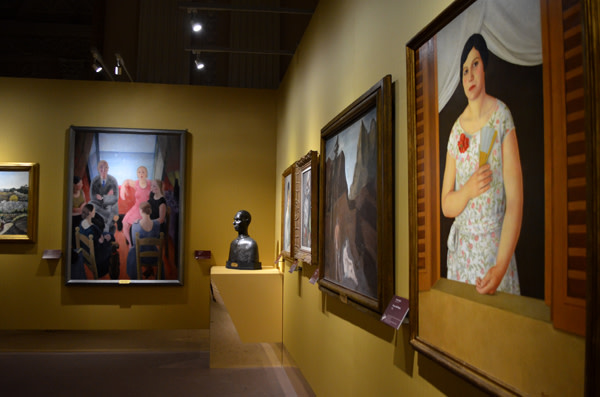 Galleria d'arte Moderna, Florence
Galleria d'arte Moderna, FlorenceGALLERY OF MODERN ART
The thirty rooms of the Gallery of Modern Art, created by Grand Duke of Tuscany Pietro Leopoldo Lorena on the second floor of the Pitti Palace, offer an overview of 19th and 20th century painting, including works by the Macchiaioli del Caffè Michelangelo group in via Cavour. Works range from the Neo-classicism of Pompeo Batoni, Pietro Benvenuti and Antonio Canova, to the Romanticism of Francesco Hayez, as well as French art. There are also numerous artworks celebrating the Risorgimento, told through ancient history by Giuseppe Bezzuoli, or the war as recounted by Giuseppe Fattori.
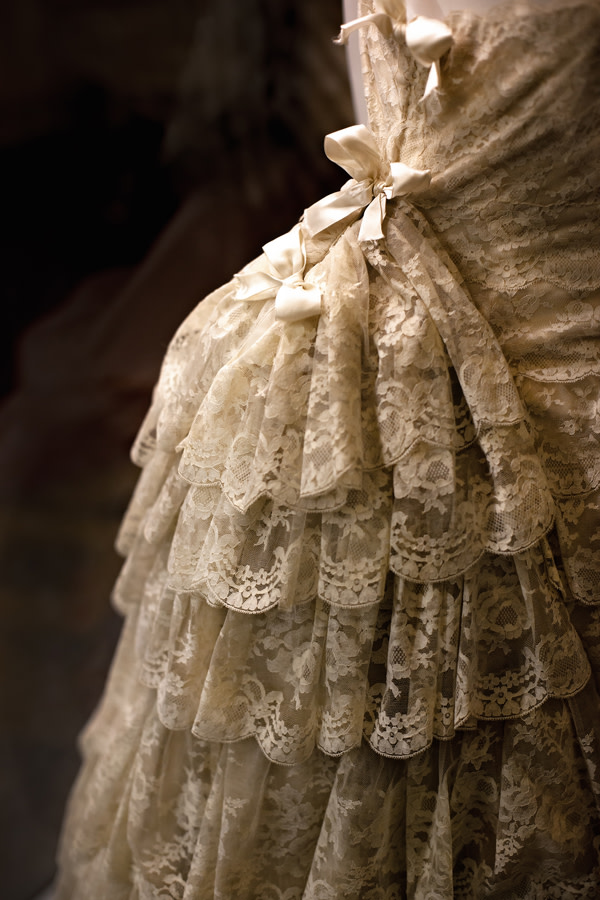 Museo del Costume e della Moda
Museo del Costume e della ModaMUSEUM OF FASHION AND COSTUME
Italy’s only museum dedicated entirely to the history of fashion, it is home to more than six thousand pieces. The museum occupies a number of rooms in the Palazzina della Meridiana in the Boboli Gardens. Built by Gaspare Maria Paoletti for Peter Leopold of Lorraine in 1776, it was the favourite palace of the Lorraine, Bonaparte and Savoy dynasties. Opened in 1983, the museum contains the funeral clothes of Cosimo I de’ Medici and his wife Eleonore of Toledo, Renaissance and Neo-Classical clothes, and those of modern designers.
TREASURY OF GRAND DUKES
Formerly known as Silver Museum, is two floors and 25 rooms with finely carved reliquaries, gold, ivory and large and small cabinets holding the treasure of Salzburg brought to Florence by Ferdinand III of Lorraine, which went to increase the Medici’s already immeasurable treasure.
The walls and ceilings of the rooms on the ground floor are lavishly decorated with 17th century frescoes. From the so-called Giovanni da San Giovanni room decorated for the Medici in the 1600s, it is a succession of trompe l’oeil with exotic animals and references to the scientific discoveries.






